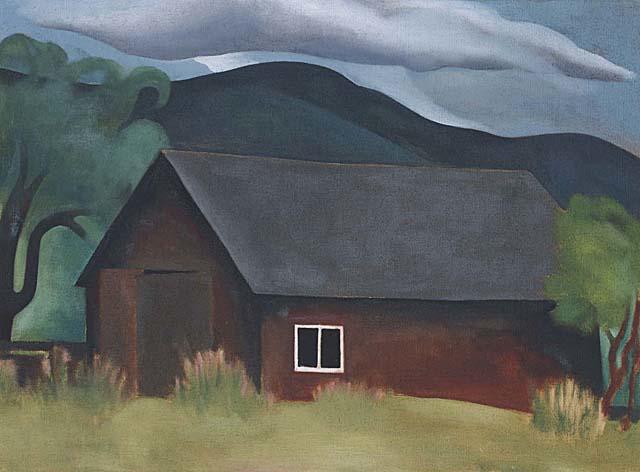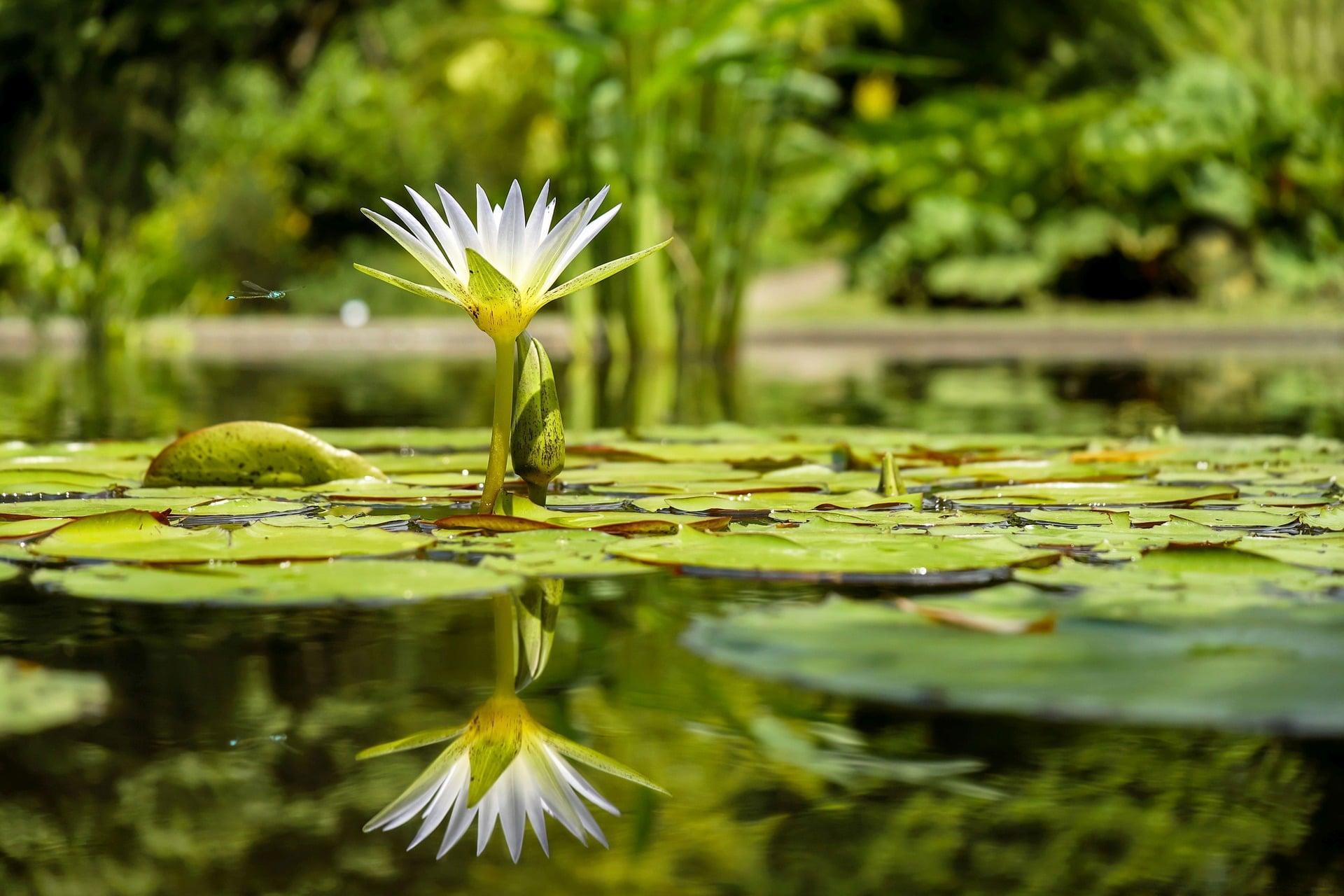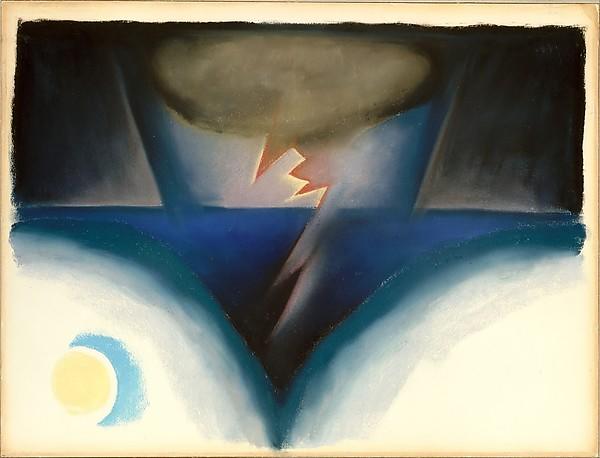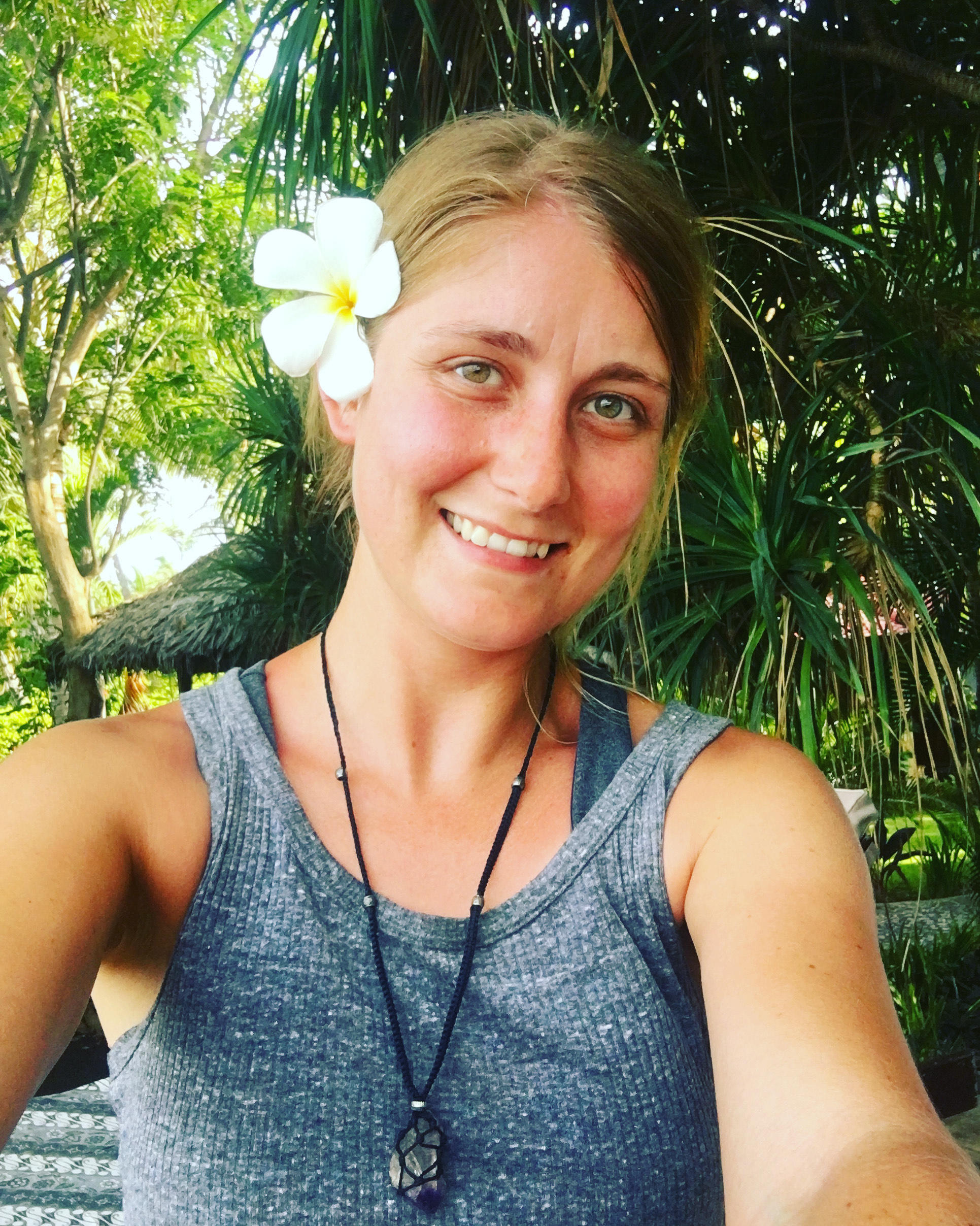I know now that most people are so closely concerned with themselves that they are not aware of their own individuality, I can see myself, and it has helped me to say what I want to say in paint. Georgia O’Keeffe
Georgia O’Keeffe, born on 15 November 1887 in Wisconsin, was an influential painter in the 20th century.
Dramatically photogenic, Georgia mirrored her individuality through her artwork. She took what she saw in herself and around her and translated it into dramatic and innovative works of art.
She had an independent spirit and was a growing legend in the 1920s.
In this article, you will have a glimpse of Georgia O’Keeffe’s life and why she became the Mother of American Modernism.
Want to give private lessons?
Join the Superprof community and share your knowledge with inquiring and motivated students.
Georgia O’Keeffe's Childhood
Georgia Totto O’Keeffe was born in 1887 in a farmhouse in Sun Prairie, Wisconsin. Her paternal grandfather was Irish and her maternal grandfather was a Hungarian Count. She was the second of seven children and she was named after her maternal grandfather, George Totto.
Her first school experience was at the Town Hall School in Sun Prairie. There she learnt the Three Rs: reading, writing and arithmetic.
From an early age, she gained exposure to the arts. Georgia’s mother sent her and her sisters to Sara Mann to get watercolour painting lessons.
Georgia discovered she wanted to be an artist by the age of 10.
Most of her basic education was devoted to two boarding schools. The first one was in Madison and because of her father’s business matters they moved to Virginia. There she completed her secondary education.

An American Modernist Artist in Blooming
The School of the Art Institute in Chicago became her muse in 1905. It was inevitable that she was often chosen as class valedictorian.
Continuing her art studies after a typhoid fever setback, Georgia found herself at The Art Student’s League. The curriculum was perfect for her as an artist because of their flexible classes.
Although she received a scholarship for her oil on canvas, Dead Rabbit with Copper Pot, she experienced a deep discontent.
She saw her artwork as pastiche and possessed a deep longing for something different, something more unique.
Sadly, in 1908 her art education came to an abrupt halt due to her parents’ financial and health difficulties. She then started working as a commercial illustrator in Chicago for two years.
Georgia became ill with measles and she had to return to her family home to recuperate. She didn’t paint for four years. The scent of turpentine made her feel afflicted.
By the end of 1915, Georgia worked at Columbia College in South Carolina. During her time as an art teacher there she created a series of modern charcoal abstractions.
She asked her friend Anita Pollitzer to critique her charcoal works. Astounded by her friend’s creativity, she guided them into the right hands at the 291 Gallery in New York. Alfred Stieglitz, the owner of the gallery, thought her artwork was pure, fine and sincere. To such a great degree that he wished to show her innovative pieces of art.
He was so impressed and relieved to find a woman that could illustrate something significant, he immediately took her drawings into custody.
He displayed her artworks without her permission in a notable location, definitely to be seen.
Furious Georgia stormed into his gallery and demanded that he take her charcoal art down. Despite her wishes, he persisted to promote her.
The rest was history and a creative collaboration was formed.
Alfred was a photographer and early into their art formed relationship he started to photograph Georgia quite often. Her captivating photogenic qualities made her a piece of art herself. It is no wonder that a spark of romance was ignited between them. They later on married after Albert got divorced.
During their close relationship she became acquainted with many artists who were a part of Stieglitz’s circle.
She met many famous painters and photographers like Charles Demuth, Arthur Dove and Edward Steichen. Her rendezvous with these American modernists inspired her to undertake an art medium called precisionism. She created an art piece called ‘The Green Apple’.
More canvasses from that period:
- Oriental Poppies
- Red Canna
- Petunia
- Black Iris III
- Blue and Green Music
Have you heard about the soak-stain painting technique? Read another short biography about a fascinating artist called Helen Fankenthaler here.

Want to give private lessons?
Join the Superprof community and share your knowledge with inquiring and motivated students.
Georgia O’Keeffe’s Paintings and Captivating Artwork
A piece of art that sets the record for the most expensive painting sold by a female artist, the Jimson Weed/White Flower No. 1, sold for $44 Million at Sotheby’s. This strikingly bold and elegant piece of art shows how Georgia O’Keeffe’s artworks are impossible to miss.
During her marriage to Albert Stieglitz, her paintings were featured in several New York galleries and in 1927 an exhibition of her work was displayed in a New York Museum.
A questionable claim by Albert about 6 artworks bought by an art lover in France enriched her reputation. Even though the claim was suspicious she received positive publicity and consequently could ask more for her works.
O'Keeffe’s artwork was nothing less than tremendous. She was passionate about various types of mediums and loved painting distinct motifs.
Georgia was a feminist, an inspiration to many artists and a pioneer in particular for female painters.
Georgia ‘Okeeffe and Frida Kahlo had something in common, they were both fiercely independent. Their independence radiated through their artwork creating a unique and artful legacy.

‘What You See is What You Get’
She was fond of painting what she saw.
Georgia O’Keeffe’s paintings resembled her marvellous ability to depict her reality. She insisted that there were no hidden meanings in any of her paintings.
Despite her claim, art critics still continued to interpret her art canvasses as secretive. They translated her flower artworks into elements of art that resembled flourished women.
Until today, many falsely claimed that she was mesmerised by women’s intimate areas and that some of her flower paintings embodied them. Her ‘Red Canna’ painting was one of them.
Georgia painted over 200 flower paintings. As a result, a delusion that she was fanatical about painting them was formed.
Why is this a complete misconception, you might ask?
Because she also loved painting curious and imaginative murals.
O’Keeffe was fond of painting skulls and styling them with various scenes and flowers.
But why did she paint skulls?
In her own words, she explains that bones echos the sense of existence.
To me, bones are as beautiful as anything I know. Georgia O’Keeffe
One of her esteemed skull paintings were “Cow’s Skull: Red, White and Blue”. She celebrated, “I came up with the Great American Painting”.
Reflecting the very being of ‘Great America’, she wanted to encapsulate the heart and soul of America.
She believed this painting was her contribution to the modern art movement in America. Many didn’t believe this statement.
A debate was formed about this painting because as we all know, art can be subjective. With many questioning the true meaning behind this artwork.
Nevertheless, this collector’s piece remains a contemporary O’Keeffe composition.
If you are enjoying reading about women painters be sure to read about Artemisia Gelntileschi too.
The Painter Who Became the Sculptor
Georgia O’Keeffe has empowered the world with thousands of compositions, just a small portion of which featured her renowned flowers. Included in her astounding collection of work were numerous sculptures made of clay. She resorted to sculpting after her eyesight failed her.
Another female painter that lost her eyesight in her old age was Mary Casset, you can read more about her here.
By this time, she was living in her new bought home in New Mexico. She reinvented herself as a sculptor under the guidance of John Hamilton once her eyesight worsened, thereby preventing her from painting.
Now she could feel her creations taking form beneath her hands as opposed to seeing them come to life.
The thing that makes you want to create is still there. Georgia O’Keeffe
Her complete blindness didn’t stop her from creating art. The models she sculpted portrayed her ability to create something tangible from an imagination.
She continued her artistry until she passed away at the age of 98.
She left behind a treasure trove of artworks, quotes and a series of photographs taken by her husband.
Georgia wasn’t a mediocre painter, she was the Mother of American Modernism, she was Modernist Painter O’Keeffe.
You can still find her magnificent artwork in the Museum of Modern Art in New York, in the the Metropolitan Museum of Art and last but not least in New Mexico where she is celebrated as an aboriginal.
Now explore more about other famous women painters.
Want to give private lessons?
Join the Superprof community and share your knowledge with inquiring and motivated students.





Enjoyed your article.
We’re so glad to hear this! Thank you for the feedback.